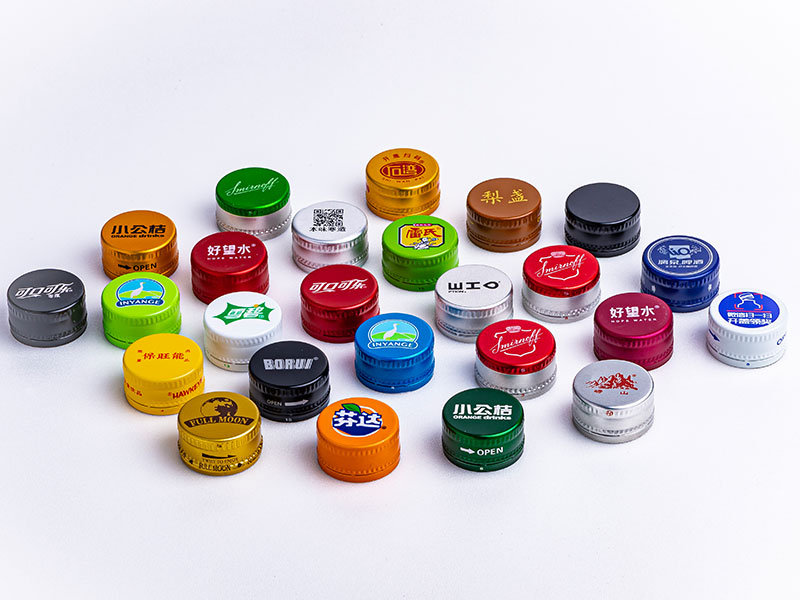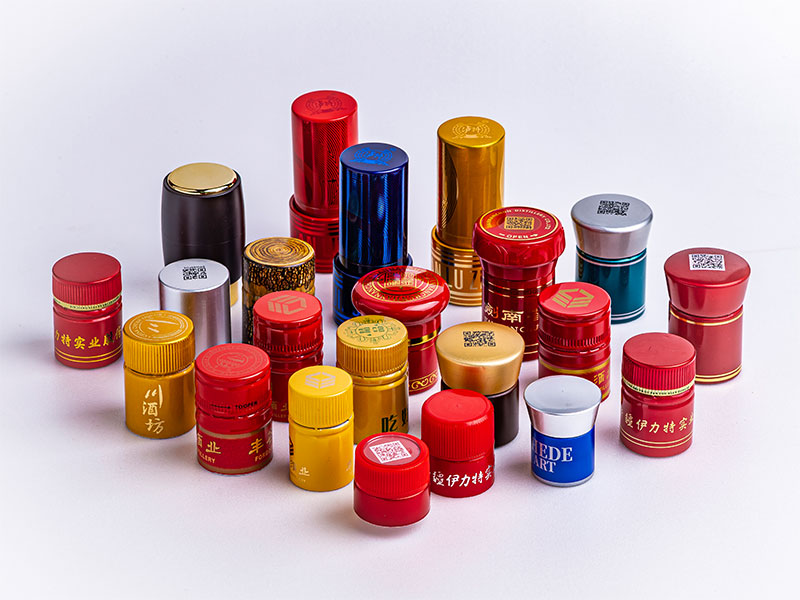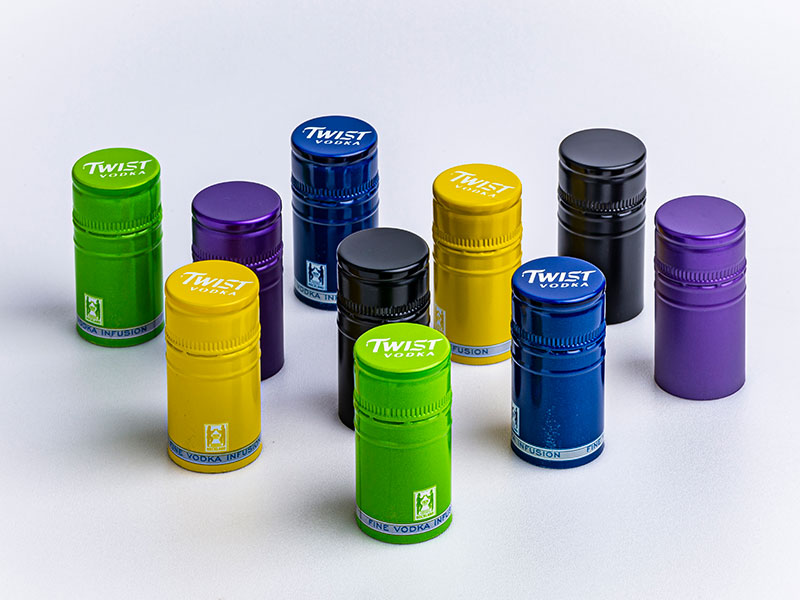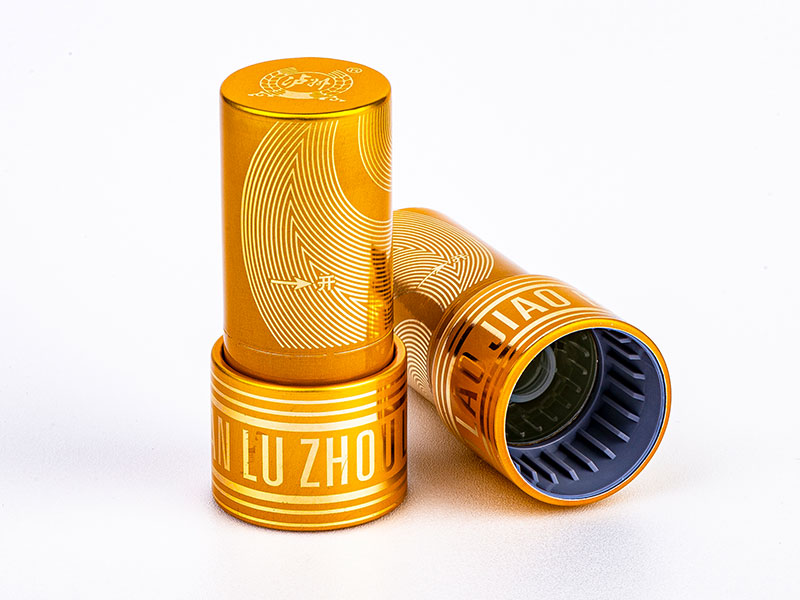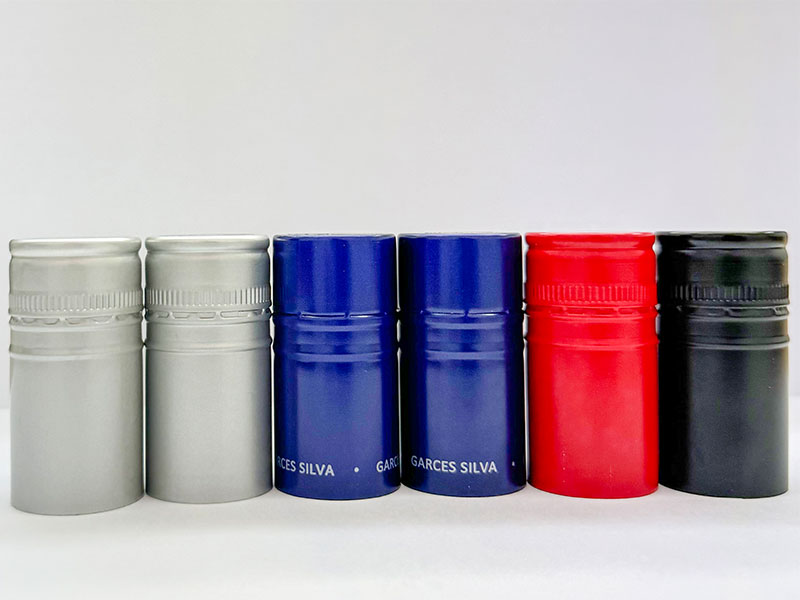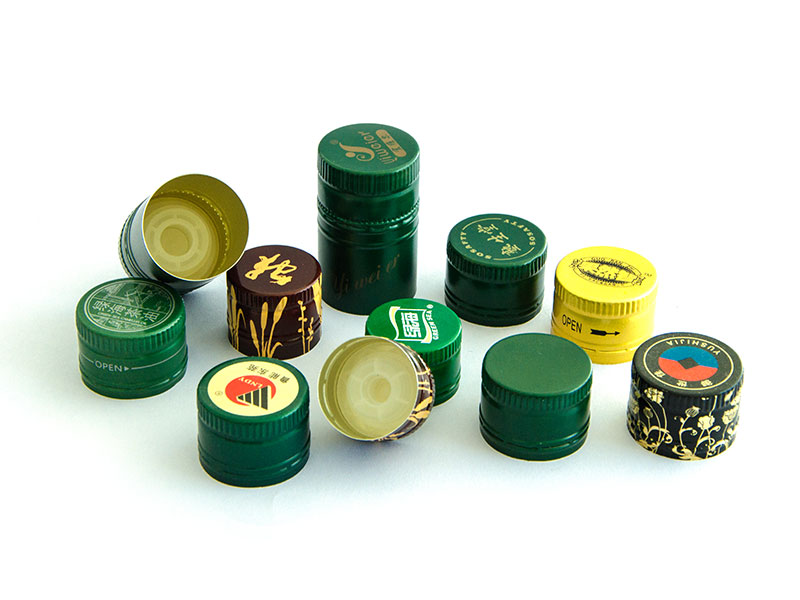Aluminum Wine Caps with Custom Branding and Embossing Options
In the competitive world of wine packaging, the role of wine bottle closures transcends mere function. Aluminum wine caps with custom branding and embossing options marry aesthetic appeal with technological precision — protecting your craft while showcasing your brand identity. Let's dive deep into the technical marvels and material sciences beneath these seemingly simple caps and discover why their choice elevates not just your bottle, but your entire winemaking narrative.
Why Choose Aluminum Wine Caps?
Aluminum is uniquely suited for wine closure because it offers lightweight, corrosion resistance, excellent malleability, and high customization capabilities that plastic and traditional cork lack. Specifically, aluminum caps guarantee a hermetic seal, preserving wine quality and aroma over time, essential for premium wines.
But beyond these classical attributes lies an unheralded set of engineering criteria, from alloy selection and tempering to precise embossing methods — each pivotal to performance and appearance.
Alloy Selection: The Core of Performance and Aesthetics
Most aluminum wine caps utilize the Aluminum Magnesium (Al-Mg) series alloys — particularly 3005-H14 temper (per ASTM B209 common standards). This alloy and temper balance strength and malleability optimally.
Chemical Composition Table (Typical for Alloy 3005):
| Element | Percentage (%) | Role |
|---|---|---|
| Aluminum | 96.8 – 99.34 | Base metal |
| Magnesium | 0.8 - 1.3 | Enhances strength, corrosion resistance |
| Manganese | 0.2 - 0.7 | Improves strain hardening |
| Iron | ≤ 0.7 | Impurity usually, affect grain |
| Copper | ≤ 0.2 | Slight strength improvement |
| Silicon | ≤ 0.6 | Minimal inclusion |
| Zinc | ≤ 0.15 | Minor effects on properties |
This blend achieves a tensile strength approximating 140-200 MPa suitable to withstand physical stress during transportation and shelf handling.
Tempering Conditions and Its Implication
The H14 tempering process optimizes cold working to induce strain hardening until about 50% hardness is reached. This semi-hard condition strikes the perfect balance:
- Plastic Deformability: Permits detailed embossing and complex shaping without cracking.
- Rigidity: Maintains cap structural integrity enough for consistent seal pressure.
The annealing cycle before tempering ensures homogeneous microstructure, minimizing grain boundary fraying that could weaken emboss instructions.
Embossing Techniques: From Surface to Depth
Embossing on aluminum wine caps naturally relies on the mechanical flexibility imparted by alloy choice and tempering. An AquaJet or Rotary Embossing press carefully imprints logos, vintage years, or artistic emblems into the metal’s surface. Because of the interplay between alloy ductility and stamping force, precision embossing can be achieved without micro-cracking or distortion, ensuring the brand stays crisp throughout the cap’s lifespan.
This embossing is not mere decoration — it contributes slight rigidity changes that buffer internal pressures, a bonus protection for premium sparkling wines under higher gas tensions.
Customization and Printing Integration
Thanks to aluminum’s excellent corrosion resistance and neutrality, the caps support various printing methods, including:
- UV curing inks for vibrant colors
- Hot stamping foil integrating metallic lusters
- Anodizing layers creating durable decorative substrates
Integrating embossing with printing empowers brands to develop multidimensional tactile-packaging blends engaging consumers on sight and touch.
Implementation Standards
Manufacturers consistently align with ISO 11924-1:2007 specifications for aluminum crimp caps for wine bottles. Compliant caps require uniform thickness (usually 0.25-0.30 mm), flawless sealing fill according to opening dimension norms, and sporadic DTIs (Destructive Testing Inspections) to ensure standardized mechanical resilience.
Internal linings inside wine caps (often using P.E., EVOH, or squeeze liner compositions) work synergistically with aluminum external shells to optimize seal integrity minimizing oxidation and contamination risks, meeting EN 13486 guidelines for hermetic integrity.
From an engineering vista, Aluminum Wine Caps are miniature feats balancing metallurgy and micro-fabrication arts; crowns of consumer trust atop glass heritage. They device lightweight corrosion-resisting guardians enhanced with stunning variety of embossed creations folding branding repression into physical instinct.
For vineyards and bottlers aiming for sustainable, strong, and beautifully branded closures — embracing custom-branded aluminum wine caps infused with intricate embossed messaging redefines what “seal” sensibly enshrines.
Partner with manufacturers skilled at marrying complex aluminums with precision emboss designs — elevate with science and art your next vintage's seal.
https://www.bottle-cap-lids.com/a/aluminum-wine-caps-with-custom-branding-and-embossing-options.html



